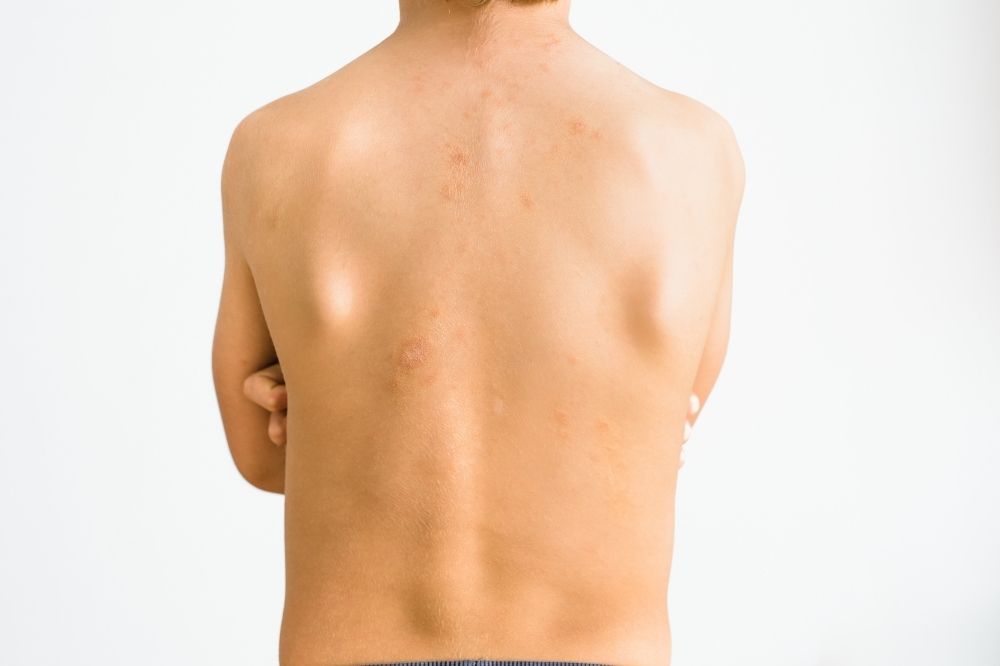Pityriasis rosea; It is a self-resolving disease characterized by round-oval shaped rashes that occur mostly on the trunk, with fine dandruff, pink color on it. It is more common in winter. It is more common in adolescence and youth.
Why Does Pityriasis Rosea Occur?
Although it is claimed that viruses cause the disease, the exact cause is still unknown.
What Are the Symptoms of Pityriasis Rosea?
The disease typically begins with a solitary patch particularly on the trunk, that heralds the eruption and thus commonly referred to as the herald patch, which is then followed by cluster of similar smaller patches. The initial patch is larger than the others and can subsequently spread to the entire trunk and arms and legs within 2 weeks. These rashes are pink in color, round or oval in shape, with fine white dandruff. The disease is rarely itchy.
How is Pityriasis Rosea Diagnosed?
Your dermatologist can make the diagnosis by clinical examination. In some cases, a skin biopsy may be used to confirm the diagnosis, or a fungal test from thin crusts to exclude other diseases.
How Is Pityriasis Rosea Treated?
While moisturizers are sufficient in mild cases, antihistamine drugs are recommended in itchy cases. Since the course of the disease may shows a rapidly evolving feature, in some cases, cortisone creams may be recommended by your doctor for 1-2 weeks.
What Should Be Paid Attention to During Treatment?
The normal course of the disease can take up to 6-8 weeks. For this reason, from the moment the first heralding patch appears, skin-irritating and/or frequent baths should be avoided, bath puffs and mitts should not be used in the bathrooms, care should be taken not to irritate the skin, soft and cotton clothes should be preferred. If there is no improvement or reduction in a period of more than two months, it should be re-examined by a dermatologist.
Is Pityriasis Rosea Contagious?
Although there is no definite information about the contagiousness of the disease, this situation is doubtful because it is more common in crowded environments.
Does the disease leave a scar on the skin?
After this disease is cured, there is no scar.




